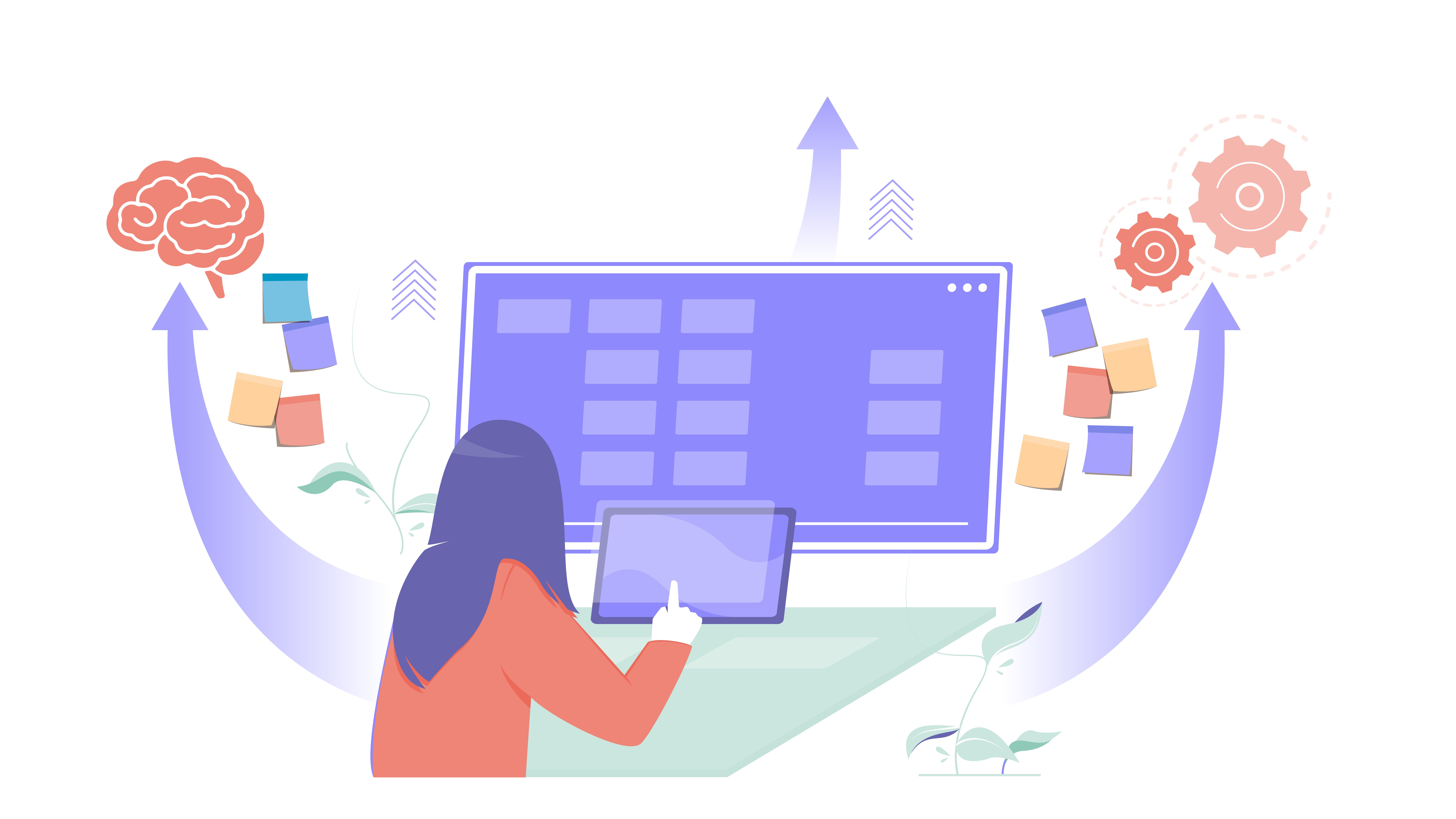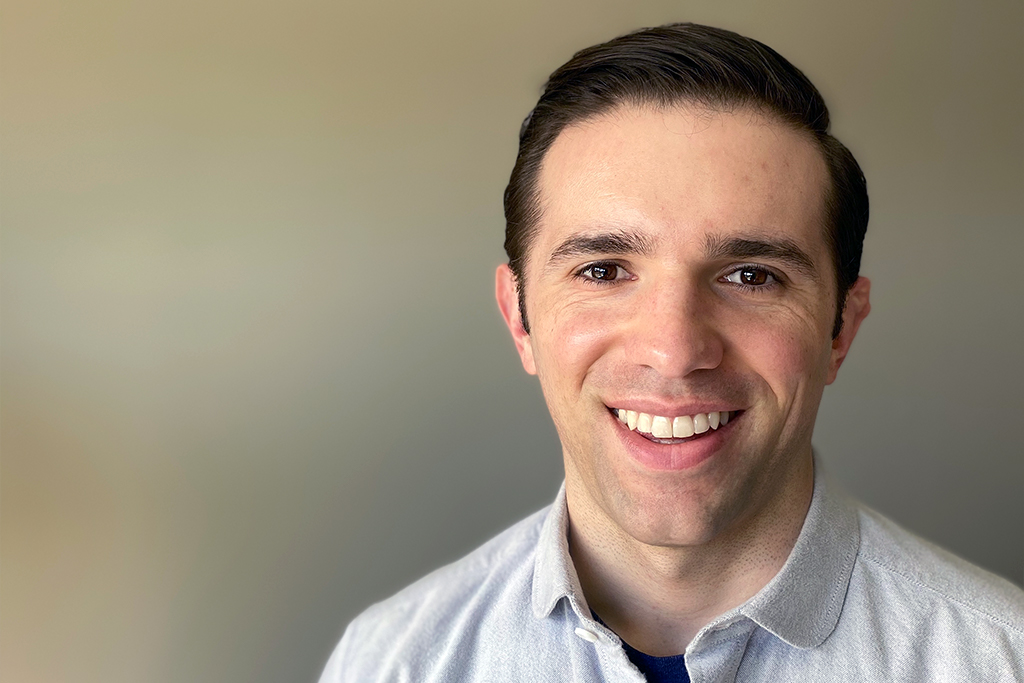At Extension Engine, we’re obsessed with learning. This may come as no surprise — after all, helping organizations build remarkable digital learning experiences is our mission. However, we’re also curious about enhancing our own learning.
When I contemplate my learning goals for this year, I think not only about what is personally interesting to me. I’m just as interested in where online learning is going as well as the common challenges any organization that offers learning grapples with and the skills needed to compete in a continuously evolving technological and educational landscape.
I also know that learning — especially self-directed learning — is only as effective as the systems and processes in place to support it. As a Technical Program Manager, my role is to devise such systems and processes to allow my clients and my team to realize their full potential. So it's only natural that I’ve adopted and refined some of these strategies in service of my personal self-education as well.
Here are a few self-directed learning strategies I’m using to build my individual skill set and develop as a conscientious manager.
1. Take the Direct Path
I first encountered the concept of directness in Scott Young’s book, Ultralearning. The basic idea is to take the most direct path you can to learning the thing you hope to learn.
Young explains, “Directness is the idea of learning being tied closely to the situation or context you want to use it in.” For example, if you want to delve into a practical topic like software development, consider investing time in actually building products yourself, such as developing a simple Django application with user authentication or a tic-tac-toe game in Vanilla JavaScript. Rather than simply reviewing concepts and memorizing terms, you actively apply the principles you learn.
The concept of directness calls to mind another quote, by Nobel Prize–winning physicist Richard Feynman: “What I cannot create, I do not understand.”
In order to understand, you must create. Along the way, you may struggle, get mired in the complexities of the task, and even feel frustrated. But as Young reassures us, “This very difficulty creates a potent source of competitive advantage for any would-be ultralearner. If you’re willing to apply tactics that exploit directness despite these difficulties, you will end up learning much more effectively.”
This strategy has consistently proven powerful for me as a manager of a specialized team of software developers and quality assurance engineers. If I want to deeply understand what my team is doing and the products we’re building, then I feel a responsibility to immerse myself in that world. I can relate better to my team, act more effectively in helping them make decisions, and more smoothly translate our clients’ ideas into reality. Becoming an expert on the technical details of products we’re building has made me a far more valuable teammate. And delving into that world is fun!
Similarly, I’m constantly trying to hone my client engagement skills. This skill is difficult to practice because there are few ways to reliably simulate client engagement without actually participating in the task itself. However, I’ve discovered a workaround that preserves the directness of the learning process — namely in the form of interview preparation materials.
While the main focus of such tools is to allow the user to tackle case interviews, they can help anyone in a career requiring close collaboration with clients or project teams. Interview preparation materials provide frameworks for approaching an ambiguously defined client challenge and guiding the client to a solution by (1) clarifying the problem, (2) testing hypotheses, and (3) providing data-informed recommendations.
Most of us need a variable mix of direct and indirect learning. However, my experience is that self-directed learning tends to emphasize indirect and passive learning methods, such as simply reading about concepts or performing low-level or rote exercises.
Some helpful resources I’m using:
- William S. Vincent’s books on Django
- Wes Bos’s JavaScript courses
- Exponent’s interview prep programs
- Vincent Cheng’s Case Interview Prep
2. Build a Second Brain
Like all of us, I encounter an overwhelming variety of neat ideas and nifty concepts on any given day — whether it’s while perusing online resources, conversing with my talented colleagues, or simply working on my own projects.
Yet I’ve always found it frustrating to capture these ideas in a systematic way. This is where the idea of “building a second brain” comes in.
If I’m going to invest valuable time and energy in learning new concepts and acquiring new skills, then it is equally important that I develop a comprehensive system for storing that information and then recalling or applying it when needed.
In Building a Second Brain, productivity expert Tiago Forte describes this idea as “a methodology for saving and systematically reminding us of the ideas, inspirations, insights, and connections we’ve gained through our experience. It expands our memory and our intellect using the modern tools of technology and networks. This methodology is not only for preserving those ideas, but turning them into reality.”
While Forte’s book outlines a highly involved process that you may or may not choose to implement yourself, all of us would benefit from the “second brain” concept. For example, while working on digital products, we spend extensive time on documentation because, as a product grows and scales, it is important to reference architecture diagrams, recall expected behavior, and track numerous other variables. Applying this concept to our own personal note-taking habits could pay dividends. When stumbling across an inspiring article or a novel idea, systematically filing away that information allows easy access to it later.
Endless recommendations exist online with respect to personal knowledge management. The most essential step is to simply start somewhere. For example, I developed my second brain by finding a Notion template that fit my thought process, adapting it to capture information of interest to me, and committing to using it for a while. I’ve also found it helpful to use note-taking software that facilitates tagging and linking pages and concepts to each other.
Some helpful resources I’m using:
- Thomas Frank’s note-taking template from Notion
- Ali Abdaal’s “How I Remember Everything I Read” system
3. Invest in Meta-Learning
Most of us have some idea of what kinds of learning resources work for us, but we don’t always take the time to consciously reflect on what could be improved within our self-directed learning activities.
Education scholar and researcher Donald B. Maudsley introduced the concept of meta-learning as “the process by which learners become aware of and increasingly in control of habits of perception, inquiry, learning, and growth that they have internalized.” In other words, meta-learning focuses on learning how to learn. Through awareness of their own learning process and what works for them, individuals can shape their own learning — which is at the heart of self-directed learning.
Similarly, Agile is a powerful, commonly used project management framework that emphasizes awareness of the process to design next steps. Agile’s central tenets are (1) commit to a short-term plan, (2) adapt to changing needs, and (3) pause at regular intervals to reflect and course-correct as needed. You can apply these principles whether you’re working on a large project spanning multiple teams or undertaking a self-directed learning task.
Agile encourages quick adaptation based on understanding how things are done — allowing discontinuation of unproductive processes and promoting continuous improvement. In every case, there is an awareness and explicit acknowledgement of the process of getting work done in addition to the work itself.
Meta-learning means taking time to meditate on your own processes, asking what works for you, and determining when you need to change course. This sort of metacognition feels akin to sprint planning in Agile: First commit to a plan for at least one sprint. Then, after that sprint is over, decide what to do in the following sprint — even if that decision is to completely change course.
Another important aspect of meta-learning: Before embarking on a self-directed learning project, systematically identify the topics you want to learn so that you know where to start and what you want your outcome to be. Meta-learning doesn’t just improve our own learning processes. It can also make us more aware of how we digest new information, allowing us to better manage and collaborate with our colleagues.
Some helpful resources I’m using:
- Notion Kanban view for my personal learning road map
- Roadmap for identifying the right technical concepts to learn
Putting Your Plan into Action
Scott Young tells us, “Your deepest moments of happiness don’t come from doing easy things; they come from realizing your potential and overcoming your own limiting beliefs about yourself.”
Admittedly, the concepts above can be difficult to apply. I know that, at times, I struggle to do these things effectively and become fatigued or discouraged. However, such is the nature of learning: a nonlinear and often challenging process that can’t always be perfectly expedited. Ultimately, though, I know it will help me immeasurably to have a well-defined system to fall back on. And I firmly believe that we can all learn to learn well.
My suggestion for 2022 and beyond is to use these tips to your advantage as you continuously adapt to the changing world around us and to find joy in growing your skills.

